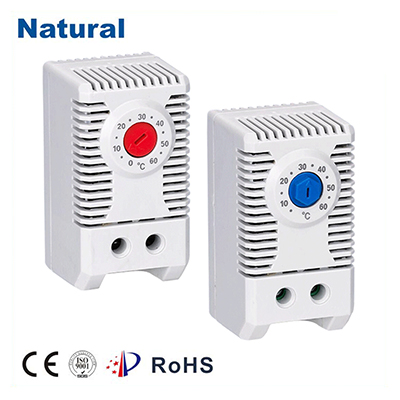A bimetal thermostat is an essential device widely used for temperature regulation in various household appliances and industrial equipment. As the name suggests, this thermostat relies on the principle of bimetallic strips—two metals with different thermal expansion rates that are fused together to create a mechanical response to temperature changes. This article delves into the working mechanism, advantages, applications, and future trends of bimetal thermostats.

Working Principle of a Bimetal Thermostat

At its core, a bimetal thermostat operates on a simple yet effective physical principle: the differential expansion of two metals when subjected to temperature changes. A bimetallic strip consists of two metals with differing coefficients of thermal expansion, meaning they expand at different rates when heated. When the temperature rises, one metal expands more than the other, causing the strip to bend. This bending action is utilized to activate or deactivate electrical contacts, thereby controlling the heating or cooling function of the device. The thermostat is typically designed with a fixed temperature setpoint. Once the ambient temperature reaches this threshold, the bending of the bimetallic strip either opens or closes the electrical circuit, triggering a heating or cooling mechanism. The process is simple but effective, providing reliable temperature regulation without the need for complex electronic components.
